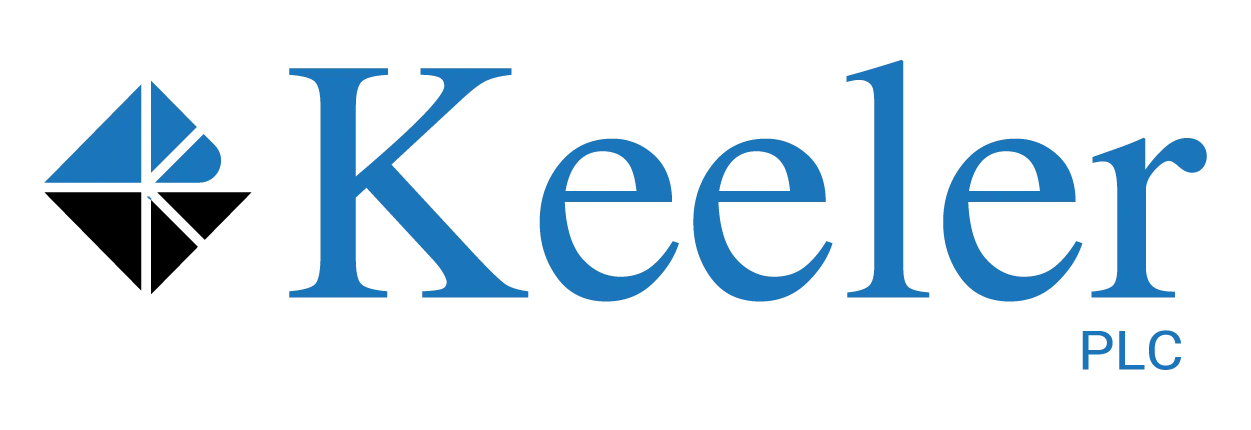
By Steven Keeler
Continued Buyer Demand, Lower “Good” Company Supply
Despite understandable concerns about a slow-down in merger and acquisition (“M&A”) activity, some surveys suggest that a substantial majority of deal professionals expect M&A activity to actually increase in the next 12 months.¹ We previously shared some reasons why M&A deals may continue to get done into 2023, notwithstanding all of the economic and geopolitical headwinds that have already resulted in more buyer conservatism.² However, many deal pros who predicted that the first-half 2022 M&A deal pace might continue were proven wrong by a further drop in M&A activity in Q3 2022. Indeed, no one has a crystal ball, leaving companies to decide for themselves whether they want or have to push for an exit in Q4 2022 or the first half of 2023.³
“Distressed” sellers, companies whose owners want or need to sell in the near term, and corporate divestitures of non-core or underperforming businesses, not to mention lower valuations, will present good buying opportunities for private equity funds and others anxious to deploy stockpiles of cash. But even in a stalling market, “good” companies should also be able to negotiate exits on seller-favorable terms. There is always a buyer in any industry or for any “good” company, but, of course, getting a deal done is about price, terms and allocation of closing and post-closing risk.
Buyer demand for deals remains high, and good companies may be able to benefit from increased buyer competition for deals given the lower supply of attractive companies. As we have said before, good companies can defy deal statistics and market multiples.⁴
What is a “Good” Company?
Like beauty, “good” is in the eye of the beholder, or buyer. A seller’s ability to create and communicate its story, including its market position and differentiators, financial performance, management quality, customer base diversity, opportunities to leverage technology, and ability to endure competitive and economic threats, will be more critical than ever to negotiating for a higher-than-market valuation methodology or multiple.
Admittedly, companies with certain perceived advantages or strengths may have an easier go at getting a deal done in an uncertain environment. Industries such as technology, media, communications, and healthcare, and to some extent, even consumer products and manufacturing and distribution, are attracting most buyer attention and interest. Company talent continues to loom large in buyers’ minds. And a growing number of buyers are interested in a company’s supply chain resilience, software and technology automation capabilities, and even the company’s environmental, social and governance benefits (“ESG”, and for example, climate change and sustainability attributes, and human resource management).
The US and Lower-Middle-Market are Also “Good”
US and lower-middle-market companies may have a better opportunity to sell than their larger and foreign counterparts who are being more severely impacted by the factors driving the M&A slowdown. The US M&A market is much stronger than others, and buyers and investors are focusing more on domestic and close-to-home opportunities. Large mega deals requiring substantial debt funding will fare worse than the middle and lower-middle markets, where private equity funds flush with cash and anxious to find deals will consider all-equity deals and be able to source alternative debt funding. In our practice, the “true” lower middle market covers companies having up to $250 million in enterprise value, with a concentration of many of the deals in the $20 million to $100 million value range. So, in the current environment, smaller companies may fare better. As one investment professional put it, “[f]ears over a recession drive more interest from investors who want to own a SME [“small-to-medium-size enterprise].”⁵
Justifying a Positive Seller Mindset
Interest rates have increased, but they still compare favorably to the 1980s environment. M&A activity is way down in 2022 compared to 2021, but the 2021 M&A market was arguably not sustainable and current M&A activity is still relatively brisk on a historical basis.⁶ M&A data and statistics can be as misleading as they are concerning, and many sellers who can differentiate their business and find at least one buyer who is willing to pay the sellers’ price may benefit from a slower market. And, of course, many sellers may choose to get a deal done now rather than potentially have to wait for several years. And, it bears repeating, buyer demand remains strong, and good companies will benefit from a reduced supply of companies on which buyers are willing to make risk and return bets. All that said, price and buyer due diligence around price and risk management will take on new importance in deal making.
Possible Changes in Deal Terms and Processes
After a period during which earn outs (or deferred purchase price payments based on post-closing target company performance) have been on the decline, buyer caution around pricing and risk may lead to more term sheets or letters of intent proposing some type of earn out. While earn outs, perhaps even more than working capital and other purchase price adjustments or “holdbacks”, often pose more risk to sellers, they can be carefully drafted to maximize the seller’s opportunity to actually receive the earn out payments.
Many deal professional believe that, assuming a seller can negotiate its desired price and terms, sellers will be able to manage their own post-closing risk given the continued popularity of representations and warranties insurance and even deals with no or limited seller indemnification obligations. To a seller, this should arguably mean that, with less post-closing risk and a smaller indemnification escrow or “holdback” of closing proceeds, they may be wiling to accept a lower price reflecting now lower valuations and valuation multiples.
Deal closing timelines will likely get longer as buyers take more time to manage their risk through increased business and legal due diligence. On the other hand, with competition for good companies likely increasing, sellers should take a firm stand not only around price and terms but a reasonably short and low-risk closing process. Sellers should expect lower-ball offers and more cautious buyers, but if a seller can generate competition among multiple buyers who are eager to deploy capital, it should be ready to negotiate in confidence. Of course, this will be easier for companies that do not have to sell in the near term, so a contingency plan for growth and survival if a deal cannot get done will provide a seller with more negotiating leverage.
Take Aways
Many sellers simply do not have to sell their businesses for less than they want and may determine that they can stay the course of ownership through a downturn. Others may choose to do sell (perhaps for less than they want or might have gotten a year ago) due to factors such as their personal retirement plans and fears about still further interest rate hikes and a possible increase in the capital gains rate. Good companies may be able to negotiate above-market valuation multiples and seller-favorable terms, but that will require effective salesmanship and a well-planned and managed sales process. Valuation multiples will require more creative negotiation by companies that can differentiate their product, service and position in an uncertain market, and buyer due diligence will probably become more in depth and intense. That said, good companies may benefit from more competition from buyers anxious to find businesses that are in a strong position to weather a recession, if inflation, interest rates, supply chain and other challenges lead to one. At this point in the year, most of the sale processes we are involved in have been pushed out to 2023. But deals will certainly get done in Q4 2022. There just won’t be as many, of course.
_______
¹ See, for example, https://www.genequityco.com/insights/north-american-ma-outlook-2022-2023, and https://www.grantthornton.com/insights/articles/advisory/2022/m-and-a-forecast-remains-strong-despite-rising-interest-rates.
² See https://www.keelercounsel.com/insights-top-10-reasons-why-this-downturn-may-not-stall-2023-m-a-and-pe-dealmaking.html.
³ See https://www.keelercounsel.com/insights-end-of-summer-2022-m-a-outlook-us-time-is-running-short-to-close-a-2022-sale-but-it-may-be-worth-the-push.html, and https://www.keelercounsel.com/insights-everyones-asking-again-are-private-company-sales-getting-done.html.
⁴ See https://www.keelercounsel.com/insights-2022-m-a-market-good-companies-can-defy-deal-statistics.html.
⁵ See https://chiefexecutive.net/ma-special-report-the-great-deal-reset/.
⁶ See https://www.rbccm.com/en/gib/ma-inflection-points/episode/ma-outlook-in-a-volatile-environment?.

© Copyright 2021 by Keeler PLC
All rights reserved.
Terms of Use & Privacy Policy
Design by NexFirm